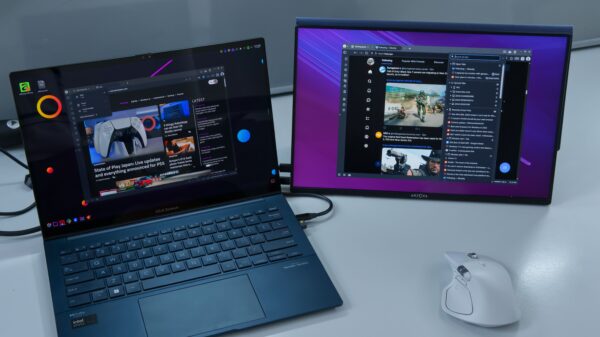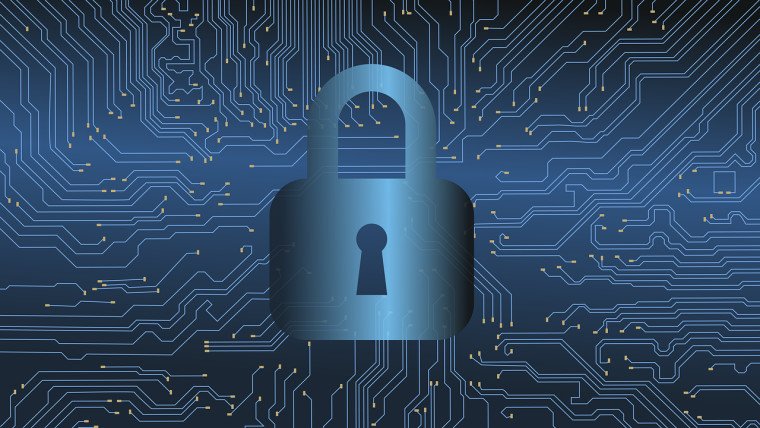In an era marked by escalating digital threats, Managed Detection and Response (MDR) has emerged as a critical element in establishing a robust cybersecurity framework. While individual security tools like firewalls, endpoint protection, and Security Information and Event Management (SIEM) systems play important roles, they often function in isolation. This disjointed operation creates vulnerabilities where threats can hide. MDR addresses this issue by providing a unified approach that integrates various security tools, transforming them into a cohesive defense strategy.
Integrating Tools for Enhanced Threat Detection
MDR fundamentally ties together tools, teams, and tactics, allowing for a more efficient detection and response system. By consolidating data from multiple security tools, MDR platforms offer analysts comprehensive visibility across an organization’s infrastructure. This connectivity enables quicker identification of threats and a coordinated response rather than a fragmented one.
The core functionality of MDR lies in its proactive threat detection capabilities. Unlike traditional tools that rely on known signatures, MDR analysts engage in active threat hunting. They investigate behavioral patterns and unusual activities that could indicate sophisticated attacks. This approach allows MDR to uncover threats that may elude conventional detection methods.
When a potential threat is identified, the response is swift. MDR systems can rapidly contain threats by isolating suspicious endpoints, terminating malicious processes, and locking compromised accounts. This immediate action is crucial; the difference between a contained incident and a significant breach often hinges on how quickly the threat is addressed. Each moment counts in incident response, as delayed investigations can exacerbate the damage and complicate recovery efforts.
Bridging Security Gaps with Comprehensive Analytics
MDR serves as a critical link between various security technologies, including Endpoint Detection and Response (EDR), SIEM, and threat intelligence systems. While EDR focuses on monitoring devices for suspicious activity, it lacks the capability to see threats across the entire network. SIEM collects and aggregates logs from all systems but requires human analysts to interpret the data effectively.
MDR enhances the value of these individual tools by facilitating data flow and context. When a threat is detected, automated playbooks orchestrate responses across multiple tools, enabling instantaneous action without waiting for manual intervention. This automation significantly reduces response time, transforming a process that typically takes hours into one that can be completed in seconds.
Additionally, continuous monitoring provided by MDR far surpasses the effectiveness of periodic audits. While audits may only occur annually or quarterly, often revealing vulnerabilities after damage has been done, continuous monitoring identifies threats in real time. By recognizing emerging patterns and potential attack vectors, organizations can intervene before attackers achieve their objectives.
For regulatory compliance, continuous monitoring offers substantial advantages. It provides tangible evidence of ongoing security efforts, satisfying regulators’ requirements more effectively than retrospective audits can.
MDR’s scalability is another crucial advantage. Small and medium enterprises (SMEs) often lack the resources to establish Security Operations Centers (SOCs). By utilizing MDR services, they can access enterprise-level detection and response capabilities without the need to build an internal security team. For larger organizations, MDR supplements existing teams with specialized expertise, enhancing their ability to counter advanced threats.
Ultimately, MDR unifies disparate security layers into a cohesive defense mechanism. Through enhanced detection, rapid response, and thorough investigation, it offers proactive protection that traditional tools alone cannot provide. The synergy created by this coordinated approach not only prevents gaps in security but also enhances overall effectiveness and return on investment for organizations.
As cyber threats continue to evolve, investing in a unified, coordinated security strategy through MDR becomes essential for organizations seeking to bolster their defenses and achieve lasting cyber resilience.






































































